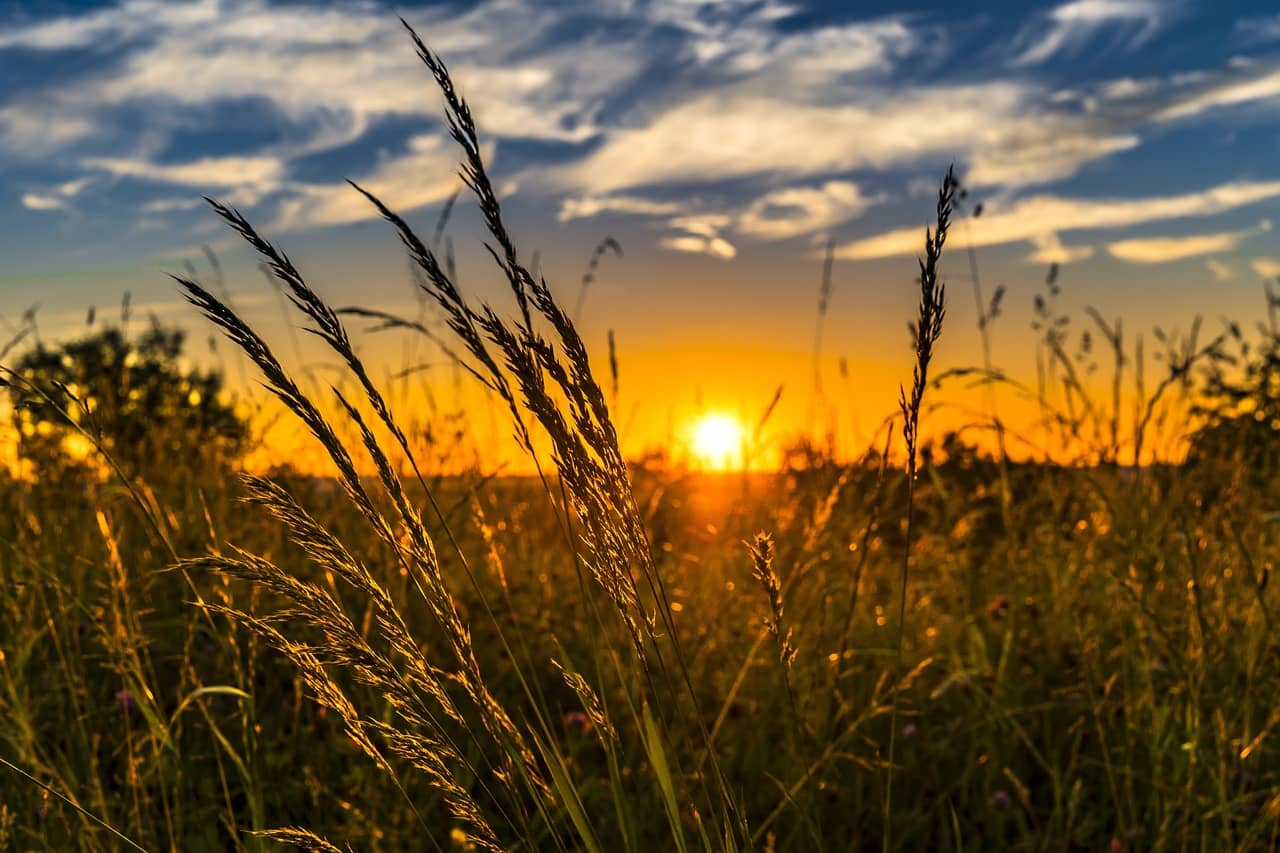
(NewsDakota.com/NorthDakotaAgConnection.com) – The 2014 Farm Bill introduced the Sodsaver program to address the issue of grasslands being rapidly converted to croplands. Wetland and grassland habitats play a critical role in supporting more than 50 percent of North American migratory waterfowl, serving as essential breeding and feeding grounds This is driven by the need to feed a growing population and government policies that incentivize expansion into marginal lands. Taxpayers often bear the financial burden of unrealized plantings on these lands.
Senators John Thune (R-SD) and Amy Klobuchar (D-MN) are now leading efforts to expand Sodsaver nationwide through the American Prairie Conservation Act, which is expected to be included in the 2023 Farm Bill. This legislation would build upon the success of the pilot Sodsaver program and create a level playing field for farmers in the PPR, while also resulting in substantial cost savings for taxpayers.
The 2023 Farm Bill must prioritize funding for agriculture conservation programs facing high demand, with 75% of qualified applicants being turned away nationwide. This leaves 13.8 million acres of conservation needs unmet each year, impacting farmers, ranchers, and rural communities. These programs address soil and water concerns, enhance habitat preservation, and promote sustainable practices benefiting various stakeholders.
Congress passed legislation last year to secure $20 billion in funding for Farm Bill programs, which has been supported by over 600 organizations. As Congress finalizes the 2023 Farm Bill, it is important to ensure the $20 billion allocated for conservation programs remains intact.
This funding is the most significant investment in agriculture conservation since the Dust Bowl era. It is essential for safeguarding North Dakota’s soil, water, and wildlife, and Congress made a promise to seize this once-in-a-generation opportunity to revolutionize conservation efforts nationwide. It is now imperative that Congress follow through on that commitment.
